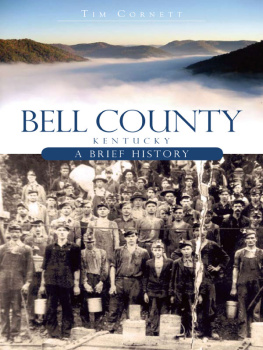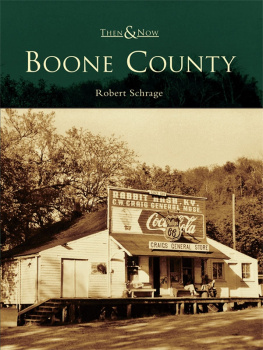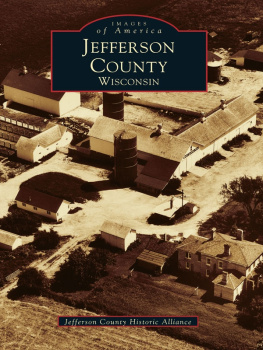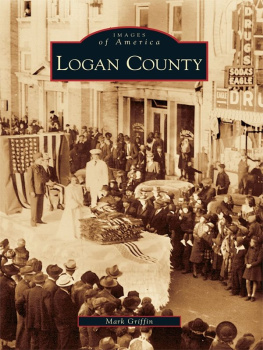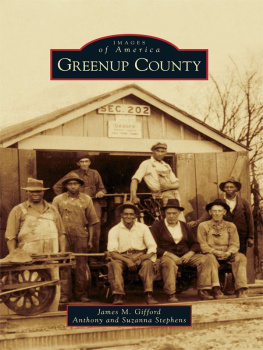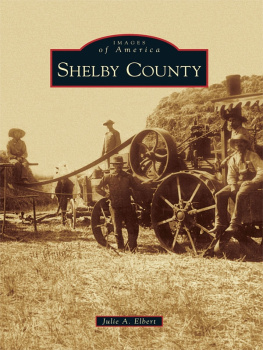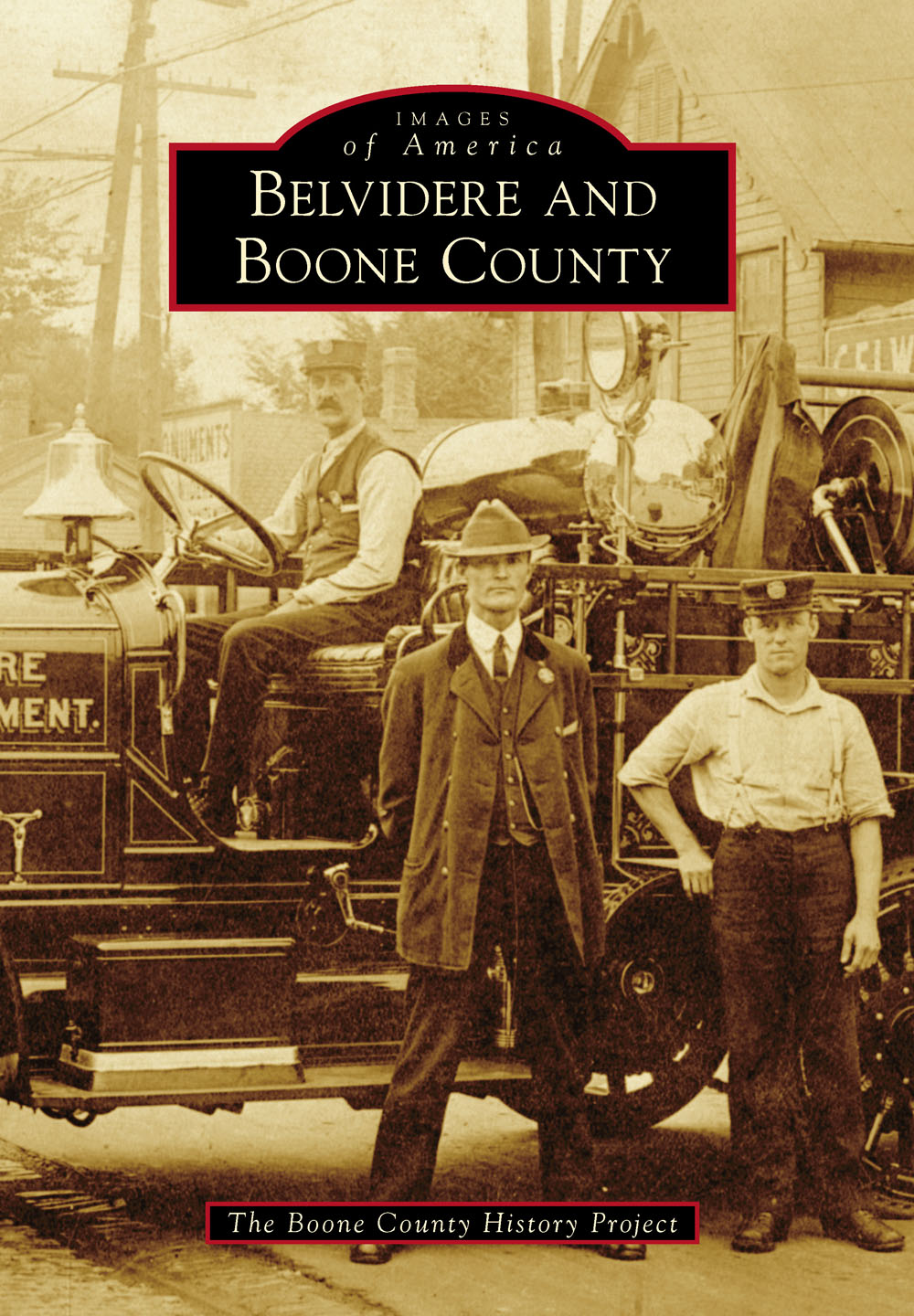
IMAGES
of America
BELVIDERE AND
BOONE COUNTY
ON THE COVER: Belvidere fire chief Frank Clark, center, joined the fire department in 1903 and swiftly worked his way up to become chief on May 1, 1907. He retired on October 16, 1946, after serving for 39 years. During his time with the department, Clark responded to more than 3,000 fire alarms. Standing next to him is fireman Bay Strong; the driver is unidentified. (Courtesy of the Boone County Historical Museum.)
IMAGES
of America
BELVIDERE AND
BOONE COUNTY
The Boone County History Project

Copyright 2015 by the Boone County History Project
ISBN 978-1-4671-1418-9
Ebook ISBN 9781439652534
Published by Arcadia Publishing
Charleston, South Carolina
Library of Congress Control Number: 2014958792
For all general information, please contact Arcadia Publishing:
Telephone 843-853-2070
Fax 843-853-0044
E-mail
For customer service and orders:
Toll-Free 1-888-313-2665
Visit us on the Internet at www.arcadiapublishing.com
CONTENTS
ACKNOWLEDGMENTS
The Boone County History Project would like to thank the following people and institutions for their help with this project. We are deeply grateful to the board of directors and staff at the Boone County Historical Museum for the use of its collections; all images appearing in this book were provided by the Boone County Historical Museum, unless otherwise noted. A thank-you also goes to the Ida Public Library for the use of its Local History Rooms research materials and collections. Special thanks go to Debbie Bloom, director of the Ida Public Library, for encouraging this project to go forward.
Thank you, to the Belvidere Daily Republican newspaper, particularly Lisa Paulsen Rodgers, for helping us promote this project. We would like to thank Louise Hawkey Miles and the Wolf family for offering us the use of their personal photographs. We appreciate those who assisted project members in some capacity throughout this process, especially George Gibson, George Thomas, Maurice Ernest, and Nathan Fuller. Finally, we would like to express gratitude for the support and encouragement we received from the entire Boone County community. We are honored to help promote this countys history and heritage.
INTRODUCTION
To understand who we are, we need to understand where we have been, and that is the purpose of Images of America: Belvidere and Boone County. Boone County, one of the northernmost counties in Illinois, is bordered by suburban Chicago, the Rockford metropolitan area, and the state of Wisconsin. Residents are fiercely proud of their community, one of the fastest-growing counties in the state and nation from 2000 to 2010. Boone County is defined by its landmarks such as the 1837 Baltic Mill in Belvidere, its cultural and historical events like the Boone County Fair, and its institutions, including the Boone County Historical Museum. The original settlers were attracted to Boone Countys agricultural potential, and the county remains rooted in that agricultural heritage.
Boone County was named after Daniel Boone, the famous pioneer, though he never came to this area of Illinois. The county consists of nine townships, from the wooded reaches of Manchester and Leroy to the prairie townships of Spring and Flora, named to reflect their landscapes. In between are the townships of Caledonia, Poplar Grove, Boone, Belvidere, and Bonus. Belvidere has historically been the largest city, and over time, people have settled in the communities of Caledonia, Poplar Grove, Capron, Garden Prairie, Russellville, Newburg, Lawrenceville, Argyle, Herbert, Irene, Blaine, and Hunter.
Today, a trip to Chicago takes less than two hours by car. When settlement opened in Illinois in the 1830s, those traveling from Chicago to the Rock River Valley region by foot or wagon would have endured a three-day trek. The first settlers to Boone County found a well-watered prairie thanks to waterways that included the Kishwaukee River. Settlers also encountered Native Americans who found this area bountiful for hunting, fishing, and planting. There is documented evidence that the Potawatomie tribe camped in the southern and eastern parts of the county. The Potawatomie also moved through the county on their way to other areas, using what is now US Route 20 as their interstate.
Following the Black Hawk War of 1832, the first pioneers began to arrive in 1835. Some of the earliest pioneers included John Langdon, Livingston Robbins, Archibald Metcalf, John Handy, and David Dunham. That same year, John Towner, Cornelius Cline, and Erastus Nixon decided to settle in the area after meeting up with Metcalf and Dunham, who were camped out on the banks of the Kishwaukee River. Towner, who had intended to go on to Rockford, declared, Others, expecting to find a paradise on the Rock River, may go there; as for me, I go no further.
The next wave of settlement began that same year with Simon P. Doty, Ebenezer Peck, Daniel Whitney, and Josiah Goodhue. Utilizing the Kishwaukee River as a resource, the first industry of grist- and sawmills was established. Boone County continued to attract industry well into the latter part of the 19th century and early 20th century. Some successful companies included the Gossard Corset Factory, Longcors Plow Works, and the National Sewing Machine Company. Yesterdays industries still impact the county today; the Keene Canning Company has now become Green Giant, while Bordens Condensed Milk Company is now Dean Foods. Agriculture also contributed to the countys economic development. Boone County has rich soil as a result of the last glacial period; when the glaciers receded, they left behind nutrient-rich soil, as well as exposed limestone quarries, which provided foundations for many of the early homes in Belvidere and the rest of the county. Three of the early crops grown here were corn, soybeans, and wheat. Dairy farms were another common enterprise, and the establishment of many creameries capitalized on the proliferation of Boone County dairy farms.
New modes of transportation into the county influenced how and when people emigrated here. Not long after the county was settled, Belvidere and Garden Prairie (then Amesville) became stops on the stagecoach route from Chicago to Galena. Besides the New Englanders coming into the county, the first wave of immigration brought the Norwegians, who settled in the northern townships. Tennis Tollefson was most likely the first Norwegian to settle here, in 1836. Scottish immigrants also arrived around that time and settled in Scotch Grove, on the border of Boone and Winnebago Counties. The next large wave of immigration brought the Irish, who arrived with the railroad in the early 1850s. They settled in Belvidere near the railroad tracks in such large numbers that the neighborhood became known as the Irish Patch. Their presence led to the establishment of St. James Catholic Church.
Life in the 19th century was centered on the farm and the rural community. The church and the one-room schoolhouse provided social outlets, and businesses were small and specialized. Because of the limitations of transportation, people tended to stay where their roots were. As the county moved into the 20th century, growth was inevitable. Larger and more diversified industries, centralized education, and faster transportation contributed to the modernization of daily life for all residents.
Although it is located near Rockford and Chicago, Boone County was more geographically isolated than it is today. However, local and national events still affected the county and forced it to make changes. The Civil War and several economic panics of the late 19th century had a great effect on both the county as a whole and on individual citizens. The major events of the 20th century, such as World War I, Prohibition, the Roaring Twenties, and the Great Depression also impacted the culture and growth of the county, opening the door to further change in the postWorld War II era.
Next page

